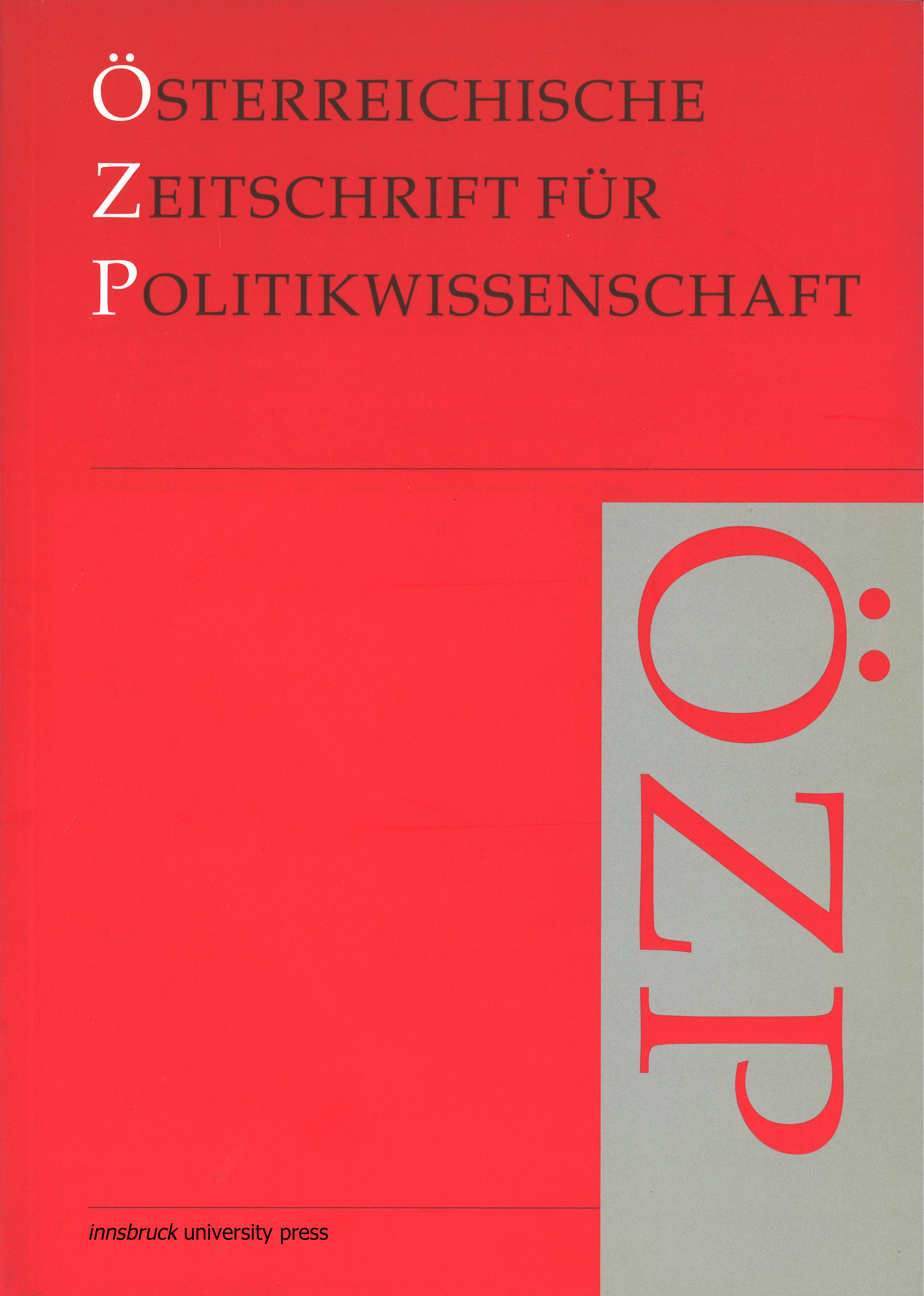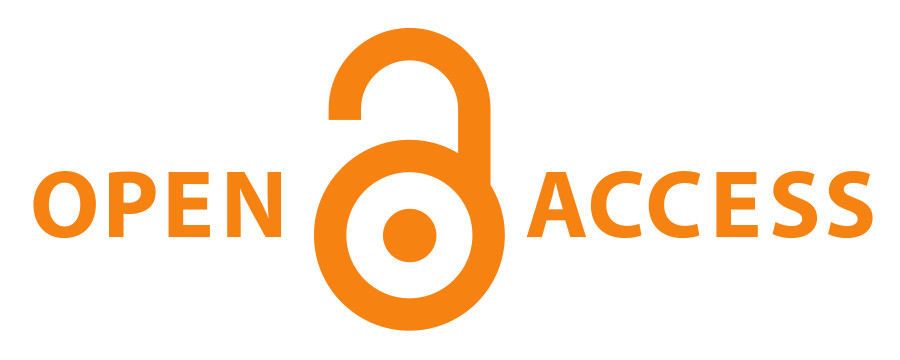Orakel der Neuzeit: Was leisten Wahlbörsen, Wählerstromanalysen und Wahltagshochrechnungen?
DOI:
https://doi.org/10.15203/ozp.799.vol31iss2Abstract
Wahlbörsen, Wählerstromanalysen und Hochrechnungen werden zwar in der Öffentlichkeit viel beachtet, in der politikwissenschaftlichen Forschung aber nur selten diskutiert, weil die Methodologie jeweils komplex und ungewohnt ist. Alle Verfahren weisen eine Reihe spezifischer Probleme auf, die die Wahlsoziologie nur in Kooperation mit den Experimental Economics, aus denen die Wahlbörsen kommen, und mit der Statistik, aus denen die Wählerstromanalyse kommt, lösen kann.
Wahlbörsen haben nach ihren anfänglichen Prognose-Erfolgen eine Größe und eine Öffentlichkeitswirkung erlangt, die die Vorhersagegenauigkeit vermutlich wieder stark beeinträchtigen. In unserem Beitrag fassen wir die jüngste Geschichte der Political Stock Markets zusammen und geben einige Design-Empfehlungen.
Wählerstromanalysen, die auch die Basis für Wahltagshochrechnungen liefern, sind mit einer Reihe von methodischen Herausforderungen konfrontiert. Wir belegen mit österreichischen Wahldaten die andernorts geäußerte Vermutung, dass einer adäquaten Gruppierung von Gemeinden zur Vermeidung eines aggregate bias die höchste Aufmerksamkeit geschenkt werden sollte.
Downloads
Ausgabe
Rubrik
Lizenz
The OZP is the authorized publication of the Österreichische Gesellschaft für Politikwissenschaft (ÖGPW, Austrian Political Science Association)
The author of an article (in case of multiple authors: the corresponding author, responsible for releasing this material on behalf of any and all co-authors) accepted to be published in the OZP hereby acknowledges the following Copyright Notice:
- The author retains the copyright to the article.
- It is the responsibility of the author, not of the OZP, to obtain permission to use any previously published and/or copyrighted material.
- Publication of a submitted text is dependent on positive results from the peer reviewing. In such a case, the OZP editors have the right to publish the text.
- In case of publication, the article will be assigned a DOI (digital object identifier) number.
- The author agrees to abide by an open access Creative Commons Attribution (CC BY-SA) license. The license permits any user to download, print out, extract, reuse, archive, and distribute the article under the same license, as long as appropriate credit is given to the author and source.
- The license ensures that the author’s article will be available as widely as possible and that the article can be included in any scientific archive. In order to facilitate distribution, the author agrees that the article, once published, will be submitted to various abstracting, indexing and archiving services as selected by the OZP.
- In addition, the author is encouraged to self-archive the article, once published, with reference to the place of the first publication.
- After the contribution appears in the OZP, it is still possible to publish it elsewhere with reference to the place of the first publication.
- The finished article, if published, will include a correspondence address (both postal and email) of the author.
- If written under the auspices of a grant from one or more funding agencies, such as FWF (Austrian Science Fund), ERC (European Research Council), and Horizon 2020 (EU Framework Programme), an article accepted for publication has to be deposited in an Open Access archive. The OZP’s archiving policy is compliant with these provisions. (In case the article derives on funding from a different source, the author is responsible to check compliance of provisions.)




